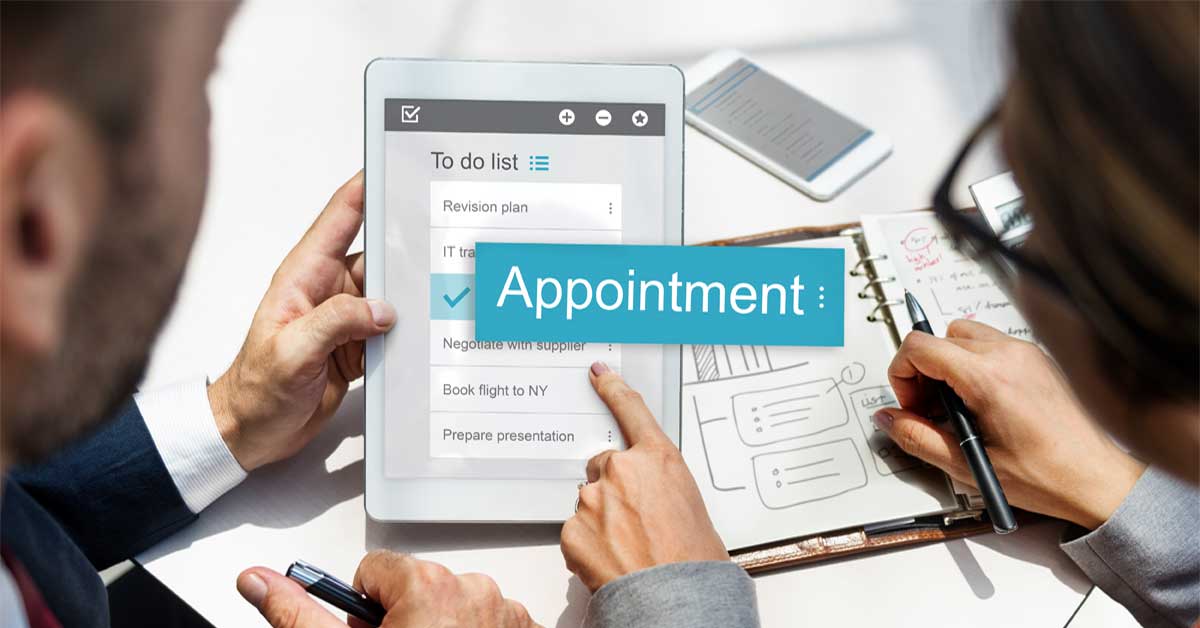In today’s fast-paced world, effective appointment setting can be the key to success in various domains. Whether you’re running a business, managing a sales team, or handling personal appointments, mastering the art of appointment setting is crucial. Here’s a comprehensive guide to help you streamline the process and achieve your goals seamlessly.
Understanding Appointment Setting
Appointment setting is the process of scheduling meetings, consultations, or sessions between two or more parties at a mutually agreed-upon time. This could involve setting up business meetings, client consultations, interviews, or personal appointments like doctor visits or salon sessions.
Steps to Successful Appointment Setting
1. Define Your Objective
Clearly outline the purpose of the appointment. Know what you aim to achieve from the meeting, which helps in setting the tone and direction.
2. Research and Preparation
Understand your audience or the person you’re setting an appointment with. Gather necessary information to personalize your approach.
3. Choose the Right Communication Channel
Whether it’s a phone call, email, or direct message, select the communication channel that aligns with your audience’s preferences.
4. Craft a Compelling Message
Draft a concise and personalized message that highlights the value proposition and clearly communicates the purpose of the meeting.
5. Be Persistent but Respectful
Follow up on your initial request politely if you don’t receive a response. Persistence can be key, but it’s crucial to maintain professionalism.
6. Confirm and Prepare
Once the appointment is scheduled, send a confirmation along with any necessary details or materials to ensure a smooth meeting.
7. Post-Appointment Follow-Up
After the meeting, follow up with a thank-you message or any next steps discussed to solidify the relationship or move the process forward.
Frequently Asked Questions (FAQs)
What are the best practices for setting appointments via email?
Crafting concise and personalized subject lines, using a clear call-to-action, and highlighting the benefits for the recipient are key to successful email appointment setting.
How do I handle a missed appointment?
Politely follow up to reschedule and inquire about any potential issues that might have caused the miss. Emphasize the importance of the appointment and offer flexible alternatives if possible.
Is it appropriate to follow up multiple times if I don’t get a response to my initial request?
It’s acceptable to follow up, but maintain a respectful tone and considerate timing between each follow-up. Too many messages can come off as intrusive.
What tools or software can assist in appointment setting?
There are various tools available like Calendly, Acuity Scheduling, or HubSpot that streamline appointment scheduling, sending reminders, and managing calendars.
How far in advance should appointments be scheduled?
Aim to schedule appointments at least a week in advance, but it can vary based on the nature of the meeting and the availability of both parties.
Mastering the skill of appointment setting takes time and practice. By following these steps and understanding the nuances involved, you can significantly improve your success rate and build stronger professional relationships.
This page was last edited on 9 January 2024, at 6:05 pm
How can we help you?
























